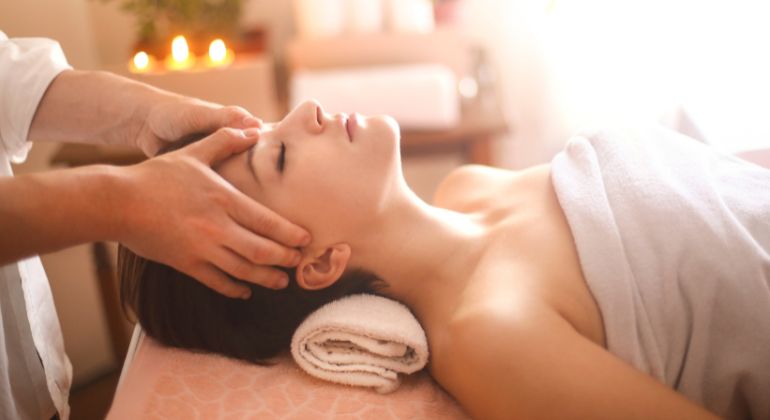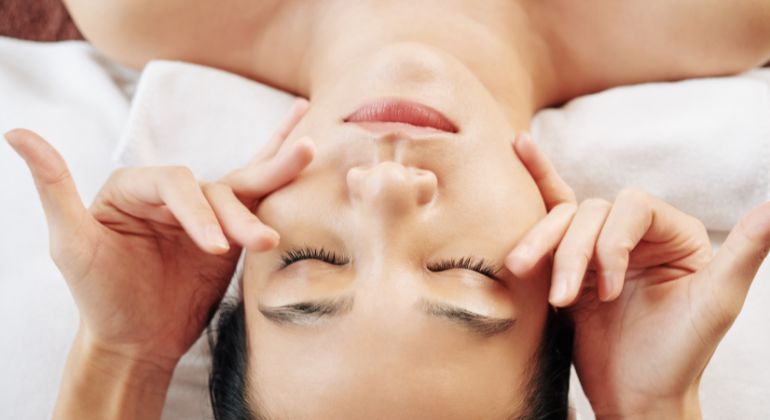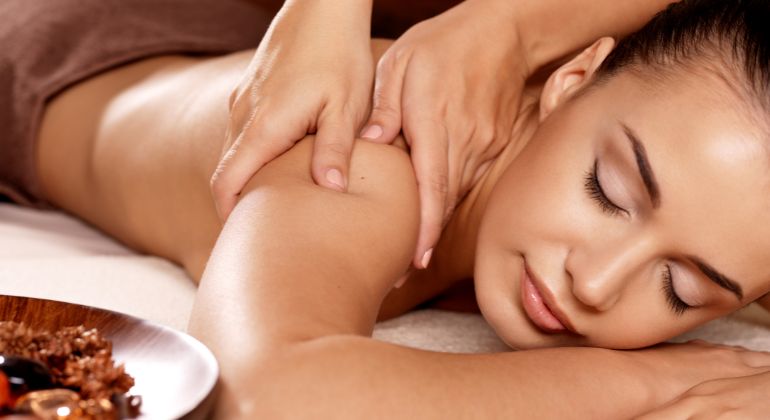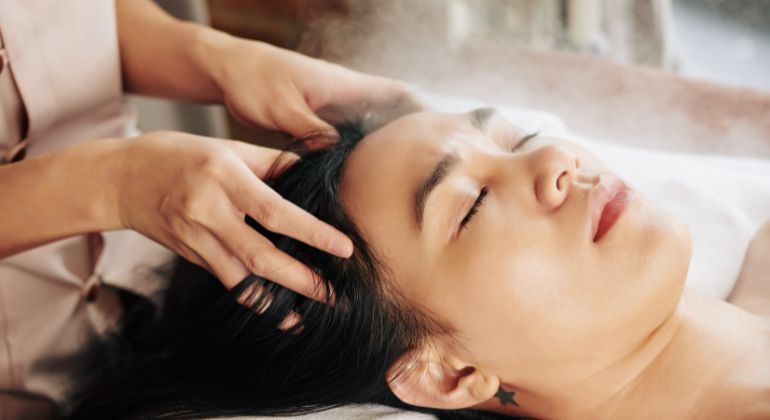
Secrets of Japanese Facial Massage: A Path to Radiant Skin
For centuries, Japanese beauty rituals have prioritized a holistic approach to skincare, focusing not only on external appearance but also on inner well-being. Unlike conventional facials that offer temporary improvements, Japanese facial massage techniques are rooted in time-tested traditions that rejuvenate the skin at a deeper level. By harmonizing energy flow, enhancing circulation, and targeting muscle structure, these methods provide a natural, non-invasive way to achieve youthful, radiant skin.In this article, you’ll discover the secrets behind Japanese facial massage, how it compares to other treatments, and why it has become the gold standard in elite spas and beauty clinics worldwide.
Evolution of Japanese Facial Massage: From Tradition to Global Recognition
Japanese facial massage originates from Anma, an ancient healing practice influenced by Chinese techniques. Over time, it evolved into Kobido, one of the most renowned facial massage methods. Established in 1460 by two Anma masters who united their expertise, the Kobido House preserved and refined this art. Initially exclusive to aristocrats and samurai, Kobido later became a symbol of beauty and longevity for all.
By the 20th century, Japan’s global influence in beauty and wellness introduced these techniques to an international audience. With the rising demand for holistic, non-invasive skincare, treatments like Kobido, Rukako, Bidzen, Ishido, Hitokori, Nanbusoshiki, and SMAS 3D Stretch gained popularity in luxury spas and beauty clinics worldwide. Their ability to lift, rejuvenate, and promote long-term skin health makes them a preferred choice for beauty professionals and wellness experts.

Comparing Japanese Facial Massage to Other Techniques
Japanese facial massage is not just a relaxing treatment; it’s a scientifically refined, deeply effective beauty and wellness method that outperforms other facial massage techniques and invasive treatments. Let’s explore why:
1. Deep Muscle Activation vs. Surface-Level Relaxation
Most Western facial massages focus on gentle strokes and superficial relaxation. While this provides temporary relief, it does not engage deep facial muscles effectively.
- Japanese massage advantage: techniques like SMAS 3D Stretch go beyond the skin’s surface and directly target the Superficial Muscular Aponeurotic System (SMAS)—the same layer manipulated in surgical facelifts. This ensures visible lifting and contouring without surgery.
Many facial massages promise lymphatic drainage but lack a structured approach, leading to minimal detoxification effects.
- Japanese massage advantage: Nanbusoshiki massage is designed for deep lymphatic drainage, detoxifying skin tissues while promoting oxygen flow. This method ensures long-lasting brightness and a natural glow rather than just reducing puffiness for a few hours.
While European lifting massages provide some toning, they often don’t focus on the root causes of sagging, such as muscle stiffness and poor circulation.
- Japanese massage advantage: Bidzen facial massage incorporates precise Japanese meridian stimulation, which frees muscle tension, leading to a lifted and sculpted look without the need for Botox or fillers.

4. Holistic Healing vs. Aesthetic-Only Focus
Western facials mainly target the skin, missing the deeper mind-body connection essential for true beauty.
- Japanese massage advantage: Rukako therapy combines advanced facial massage techniques with cranial sacral therapy, ensuring not only rejuvenation but also deep relaxation and stress relief. Clients experience enhanced emotional balance and improved overall health, not just firmer skin.
Some facial massages claim to improve circulation, but their techniques do not fully engage the facial capillary system.
- Japanese massage advantage: Ishido massage uses rhythmic pressure point stimulation and gentle tapping to activate microcirculation. This results in a rosy, youthful complexion that lasts much longer than traditional blood flow-boosting massages.
Many Western methods focus on relaxing facial tension but fail to address deep structural issues.
- Japanese massage advantage: Hitokori massage uniquely works on both the face and decollete, relaxing deep facial layers and breaking down tension in the jawline and neck, which are critical for a youthful face shape.
Traditional facials require frequent visits to maintain results, while Japanese massage strengthens facial structure for long-term rejuvenation.
- Japanese massage advantage: Kobido massage, one of the most advanced and dynamic Japanese facial techniques, provides a cumulative anti-ageing effect. The more you practice it, the more the skin rejuvenates itself, leading to sustained elasticity and radiance over time.

Advance Your Career with Kogao School Dubai
Japanese facial massage is more than a beauty trend—it’s a transformative skill that can set you apart in the competitive wellness and aesthetics industry. At Kogao School Dubai, we offer internationally recognized training that gives you the expertise to deliver remarkable results for your clients.
By mastering these specialized techniques, you can attract high-end clientele, boost your reputation, and elevate your career with treatments that go beyond surface beauty. Our hands-on courses provide in-depth knowledge, professional certification, and a unique edge in the industry.
Take the next step toward professional excellence—train with Kogao School Dubai and become a master of Japanese facial massage!
Back to Blogs


